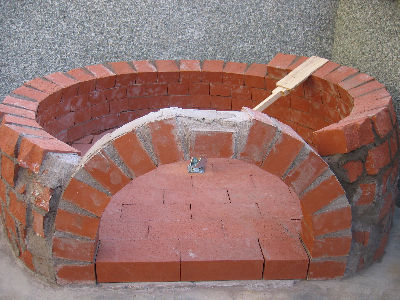I need some quick advice...
I was planning to buy the vermiculite today for my vermicrete layer so that tomorrow I could pour the 10cm of concrete slab and then the 10cm of vermicrete before the concrete set.
That said, the supplier I found (?11 /100l bag) wont let me collect after 15:30 - and I got there at 15:31 (pain in the @ss I know...)
So - can I pour the concrete and vermicrete layers separately? What is the risk of doing this? Or should I delay pouring the concrete until I can pour the vermicrete as well?
M.
I was planning to buy the vermiculite today for my vermicrete layer so that tomorrow I could pour the 10cm of concrete slab and then the 10cm of vermicrete before the concrete set.
That said, the supplier I found (?11 /100l bag) wont let me collect after 15:30 - and I got there at 15:31 (pain in the @ss I know...)
So - can I pour the concrete and vermicrete layers separately? What is the risk of doing this? Or should I delay pouring the concrete until I can pour the vermicrete as well?
M.










Comment